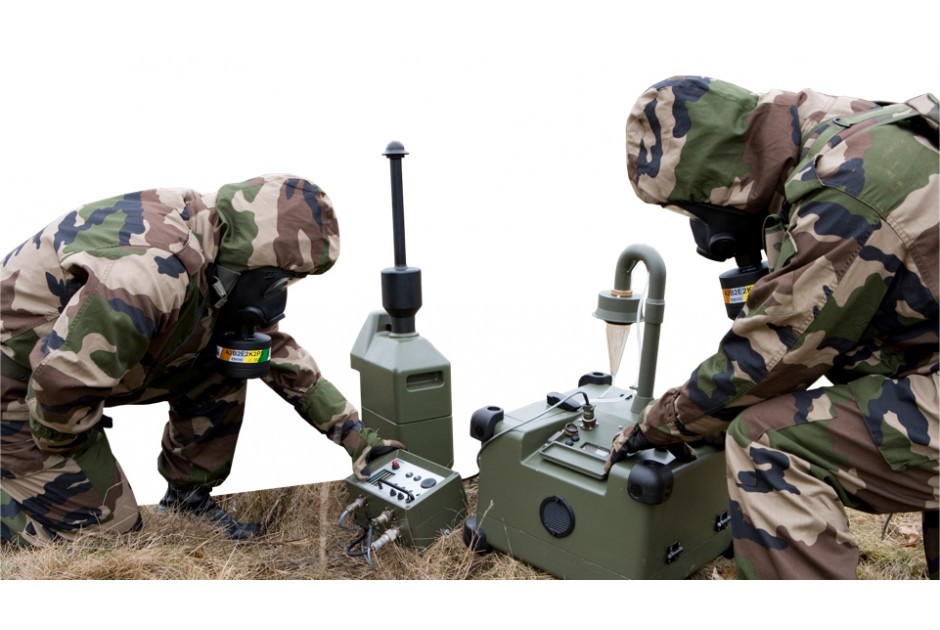EN 12492 Mountaineering helmets retention and impact performance testing
The European Standard EN 12492 sets out essential requirements, test methods, and marking for mountaineering helmets. This standard ensures that mountaineering helmets meet stringent safety criteria to protect users in high-risk environments. Retention and impact performance are critical aspects of this testing as they directly affect the user's safety.
Retention performance tests assess how well a helmet remains securely on the wearer’s head during various activities, such as climbing or walking over rough terrain. The retention system must prevent the helmet from slipping off in situations where it is most needed. Impact performance tests evaluate the helmet's ability to absorb and dissipate impact forces, reducing the risk of injury when the user falls.
For quality managers and compliance officers, ensuring that products meet these standards is crucial for maintaining brand reputation and regulatory compliance. R&D engineers can leverage this testing to improve product design and functionality. Procurement teams benefit from knowing that their suppliers are meeting international safety benchmarks.
The test parameters involve simulating real-world scenarios where helmets face the highest risks of impact or dislodgment. Specimen preparation includes ensuring the helmet is correctly fitted according to user size, with no loose components. Instrumentation used in these tests can include drop towers for impact performance and various fixation methods for retention tests.
Reporting from this testing provides critical data on how well a helmet performs under specific conditions. This information helps manufacturers identify areas for improvement and ensures that products are safe for use by the intended audience. The results contribute to higher industry standards and user confidence in protective equipment.
Scope and Methodology
| Test Parameter | Description | Method |
|---|---|---|
| Retention Test | The test evaluates the helmet’s ability to remain securely on the head during dynamic activities. | A weight is attached to a harness around the subject's neck, pulling the helmet down. The helmet must not dislodge from the head for a specified time. |
| Impact Test | The test assesses the helmet’s ability to absorb and dissipate impact forces upon contact with an object or surface. | A pendulum or drop hammer is used to strike the helmet from a specific height. The force absorbed by the helmet is measured, ensuring it does not exceed certain thresholds. |
| Penetration Test | This test checks for the possibility of sharp objects piercing through the helmet. | A steel ball or similar object is dropped onto the helmet from a specified height. The helmet must prevent penetration to protect the head. |
| Water Resistance Test | The test ensures that water cannot penetrate the helmet, maintaining its protective integrity in wet conditions. | The helmet is submerged in water for a period and then inspected for leaks or other signs of water intrusion. |
These tests are designed to simulate real-world scenarios where helmets face the highest risks. The retention test ensures that the helmet remains securely on the user’s head, while the impact test evaluates its ability to absorb and dissipate forces upon contact with an object or surface.
The penetration test checks for the possibility of sharp objects piercing through the helmet, which could compromise protection in certain situations. Lastly, the water resistance test ensures that the helmet maintains its protective integrity even when exposed to wet conditions. These comprehensive tests provide critical data on how well a helmet performs under specific conditions and help manufacturers identify areas for improvement.
Quality and Reliability Assurance
The quality and reliability assurance processes in our laboratory are designed to ensure that every test conducted meets the highest standards of accuracy, consistency, and reproducibility. Our team of expert technicians uses state-of-the-art equipment calibrated regularly to perform these tests with precision.
Before any testing begins, thorough specimen preparation is carried out to ensure that each helmet being tested is fitted correctly according to user size. This step is crucial in ensuring the accuracy of retention performance tests. For impact and penetration tests, the helmets are positioned on a specially designed fixture that simulates real-world conditions.
Our technicians use advanced instrumentation for these tests, including drop towers for impact testing and various fixation methods for retention tests. The data collected during these tests is meticulously recorded and analyzed to provide detailed reports. These reports not only meet EN 12492 requirements but also offer insights into potential areas of improvement in helmet design.
We maintain a rigorous quality control program that includes regular calibration of instruments, internal audits, and external certifications. This ensures that our testing remains consistent with international standards and provides reliable results for our clients. Our commitment to quality and reliability is reflected in the high satisfaction levels reported by our customers.
Customer Impact and Satisfaction
Our EN 12492 mountaineering helmet testing service has a profound impact on customer satisfaction, ensuring that products meet stringent safety standards. By providing accurate and reliable test results, we help manufacturers ensure product quality and compliance with international regulations.
Quality managers can rest assured knowing their products are meeting the highest safety standards, which enhances brand reputation and trust among consumers. Compliance officers appreciate our ability to streamline the testing process, reducing time-to-market for new products.
R&D engineers benefit from detailed test reports that provide valuable insights into product performance. This information helps them refine designs and improve overall product quality. Procurement teams can rely on our testing service to ensure their suppliers are meeting international safety benchmarks.
The positive impact of our testing extends beyond manufacturing; it also enhances user confidence in protective equipment. By ensuring that helmets meet the highest standards, we contribute to a safer environment for mountaineers and outdoor enthusiasts worldwide.





